Discover vibrant fall gardening tips for a bountiful harvest.
Introduction
As the sweltering heat of summer gives way to the crisp, cool days of fall, many gardeners pack away their tools, thinking the growing season is over. However, fall gardening can be incredibly rewarding, offering a unique opportunity to extend your harvest and enjoy fresh produce well into the colder months. Whether you’re a seasoned gardener or just starting out, planning a fall garden can be a delightful and productive endeavor. This article will guide you through the essentials of fall gardening, from selecting the right crops to preparing your soil, ensuring a bountiful harvest.
Why Plant a Fall Garden?
Extended Growing Season
Fall gardening allows you to take advantage of the cooler weather, extending your growing season beyond summer. Many crops thrive in cooler temperatures and can produce abundant yields even as the days grow shorter.
Pest and Disease Reduction
Cooler temperatures and shorter days mean fewer pests and diseases to contend with. This can lead to healthier plants and a more productive garden with less effort on your part.
Fresh Produce Year-Round
By planting a fall garden, you can enjoy fresh, homegrown produce throughout the year. Many fall crops, such as kale, carrots, and Brussels sprouts, can withstand light frosts and continue to grow well into winter.
Choosing the Right Crops for Your Fall Garden
Cool-Season Vegetables
Cool-season vegetables are ideal for fall gardens because they can tolerate lower temperatures and even light frosts. Some popular cool-season vegetables include:
- Leafy Greens: Spinach, kale, lettuce, and Swiss chard
- Root Vegetables: Carrots, radishes, turnips, and beets
- Brassicas: Broccoli, cauliflower, Brussels sprouts, and cabbage

100% Non-GMO, Pure Heirloom Seeds For Your Backyard That You Can Grow During the Fall/Winter Months
All-in-One Fall & Winter Season Variety Pack includes an assortment of the 15 most popular varieties.
What’s inside?
- Arugula – Roquette (150 seeds)
- Basil – Italian Large Leaf (120 seeds)
- Broccoli, Calabrese (50 seeds)
- Brussels Sprouts (15 seeds)
- Carrot, Tendersweet 7″ (160 seeds)
- Cauliflower, All-Year-Round (70 seeds)
- Cilantro/Coriander Slow Bolt Splits (80 seeds)
- Mustard Tendergreen (100 seeds)
- Kale, Blue Curled Scotch (50 seeds)
- Lettuce, Gourmet Mesclun Mix (200 seeds)
- Onion, Evergreen (Scallion) (100 seeds)
- Onion, Barletta Pearly White (100 seeds)
- Onion Red Burgundy (100 seeds)
- Radish Pink Beauty (160 seeds)
- Spinach, Bloomsdale (70 seeds)

All-in-One Fall/Winter Seed Bank
- 20 different seed varieties (individually packaged)
- Over 6,500 seeds in total
What’s inside?
- Bean – Jade (200 seeds)
- Broccoli Calabrese (575 seeds)
- Brussel Sprouts – Long Island Catskill (1000 seeds)
- Beet, Early Wonder (1000 seeds)
- Cabbage – All season (850 seeds)
- Cauliflower – All year round (300 seeds)
- Carrot Chantenay, 5″ (2700 seeds)
- Carrot, Autumn King (3200 seeds)
- Collard Georgia Southern (1200 seeds)
- Kale, Premier (120 seeds)
- Lettuce, All Year Round (1000 seeds)
- Lettuce, Gourmet/Mesclun Mix (1300 seeds)
- Lettuce, Salad Bowl, Green (600 seeds)
- Mustard, Tendergreen (1400 seeds)
- Radish, Champion (120 seeds)
- Radish, White Icicle (120 seeds)
- Bean, Kentucky Wonder Brown (120 seeds)
- Swiss Chard, Hot Pink (100 seeds)
- Swiss Chard, Orange (150 seeds)
- Turnip, Purple Top White Globe (1000 seeds)
Planting Timeline
Timing is crucial when planning a fall garden. To determine the best planting time for your crops, you’ll need to know your area’s average first frost date. Count back the number of days to maturity for each crop from this date to find the ideal planting window. Here are some general guidelines:
- Leafy Greens: 30-60 days before the first frost
- Root Vegetables: 60-75 days before the first frost
- Brassicas: 70-100 days before the first frost
Preparing Your Soil for a Fall Garden
Soil Amendments
Healthy soil is the foundation of a productive garden. Before planting, enrich your soil with organic matter such as compost or aged manure. This will improve soil structure, increase nutrient availability, and promote healthy root growth.
Soil Testing
Conduct a soil test to determine the pH and nutrient levels of your soil. Fall crops generally prefer a slightly acidic to neutral pH (6.0-7.0). Based on the results, you may need to add lime to raise the pH or sulfur to lower it. Additionally, you can add specific fertilizers to address any nutrient deficiencies.
Mulching
Apply a layer of organic mulch, such as straw or shredded leaves, to help retain moisture, regulate soil temperature, and suppress weeds. Mulching also adds organic matter to the soil as it decomposes, further improving soil health.
We recommend:



Galvanized Raised Garden Bed for Vegetables Flowers Herbs
Metal Raised Garden Bed Kit with 2 PCS Tomato Cage, Gloves, Trellis Netting, Plant Labels, Plant Ties, Brown 6×3×1FT/8×4×1FT
Planting and Caring for Your Fall Garden
Starting Seeds Indoors
Starting seeds indoors can give your fall garden a head start, especially for slow-growing crops like broccoli and cauliflower. Use seed trays or pots filled with a high-quality seed-starting mix. Keep the soil consistently moist and provide plenty of light to encourage strong, healthy seedlings.
Direct Sowing
For fast-growing crops like radishes and leafy greens, direct sowing is often the best option. Sow seeds directly into the garden bed according to the recommended planting depth and spacing. Keep the soil moist until the seeds germinate, and then thin the seedlings as needed.
Watering and Fertilizing
Consistent moisture is key to a successful fall garden. Water your plants regularly, aiming for about 1 inch of water per week. As the weather cools, you may need to water less frequently, but don’t let the soil dry out completely. Fertilize your fall crops with a balanced, slow-release fertilizer to ensure they have the nutrients needed for robust growth.
Protecting Your Fall Garden from Frost
Row Covers and Cold Frames
Protect your fall garden from early frosts by using row covers or cold frames. Row covers are lightweight fabrics that can be draped over plants to trap heat and create a microclimate, while cold frames are more permanent structures with a transparent lid that allows sunlight in while keeping cold air out.
Mulching for Insulation
Adding an extra layer of mulch around your plants can help insulate the soil and protect roots from freezing temperatures. This is particularly important for root vegetables like carrots and beets, which can continue to grow and be harvested even after the first frost.
Harvesting in Stages
Harvest your crops in stages to maximize your fall garden’s productivity. Some vegetables, like kale and Brussels sprouts, improve in flavor after a frost, so don’t rush to harvest everything at once. Pick leafy greens and root vegetables as needed, leaving the rest to continue growing and sweetening in the cooler weather.
FAQs about Fall Gardening
What are the best vegetables to plant in a fall garden?
The best vegetables for a fall garden include cool-season crops like spinach, kale, lettuce, carrots, radishes, broccoli, cauliflower, Brussels sprouts, and cabbage.
How do I protect my fall garden from frost?
Protect your fall garden from frost by using row covers, cold frames, and extra mulch to insulate the soil and plants. These methods create a warmer microclimate and help extend the growing season.
When should I start planting my fall garden?
Start planting your fall garden based on your area’s average first frost date. Count back the days to maturity for each crop to find the ideal planting window, typically 30-100 days before the first frost.
Can I grow a fall garden in containers?
Yes, many fall crops can be grown successfully in containers. Use large pots with good drainage and high-quality potting mix. Ensure your containers are placed in a location that receives adequate sunlight and water regularly.
Do fall gardens require different care than summer gardens?
Fall gardens generally require less watering and have fewer pest issues than summer gardens. However, they may need additional protection from frost and cooler temperatures. Soil preparation and regular monitoring are still important for a successful fall garden.
Conclusion
Planting a fall garden is a fantastic way to extend your growing season, enjoy fresh produce, and make the most of your gardening space. By choosing the right crops, preparing your soil, and providing proper care, you can achieve a bountiful harvest well into the cooler months. Whether you’re aiming to reduce pests and diseases, save money on groceries, or simply enjoy the process of gardening, a fall garden offers numerous benefits. So, grab your gardening gloves and get started on your fall garden today—there’s nothing quite like the taste of homegrown vegetables harvested in the crisp autumn air.
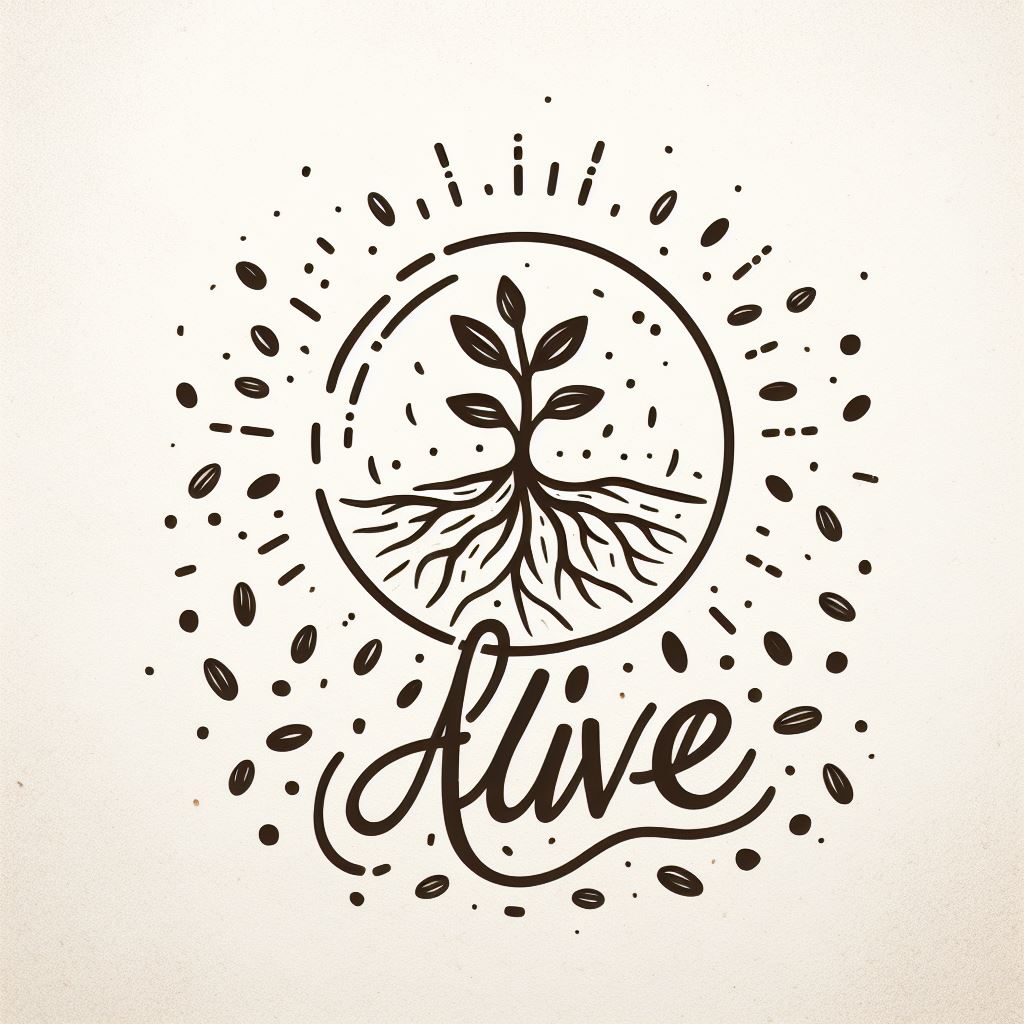
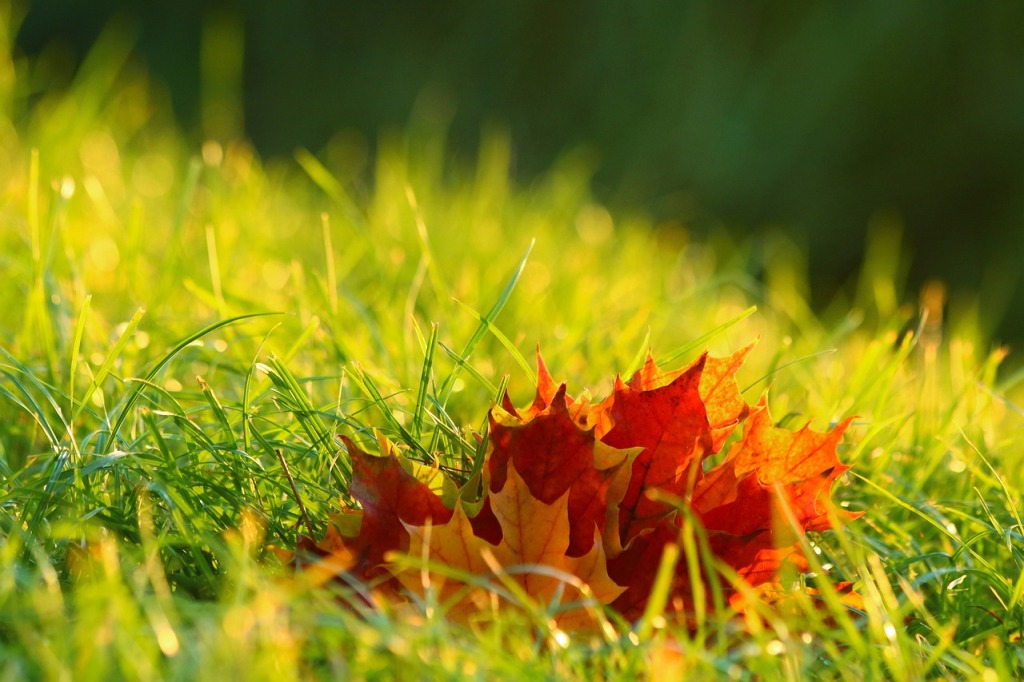


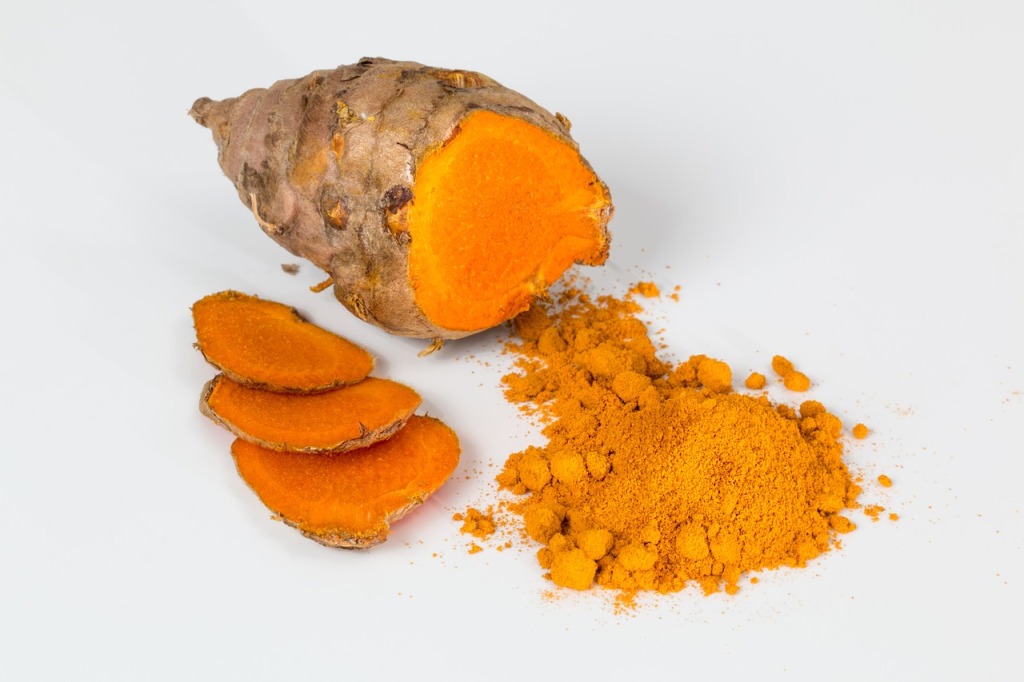
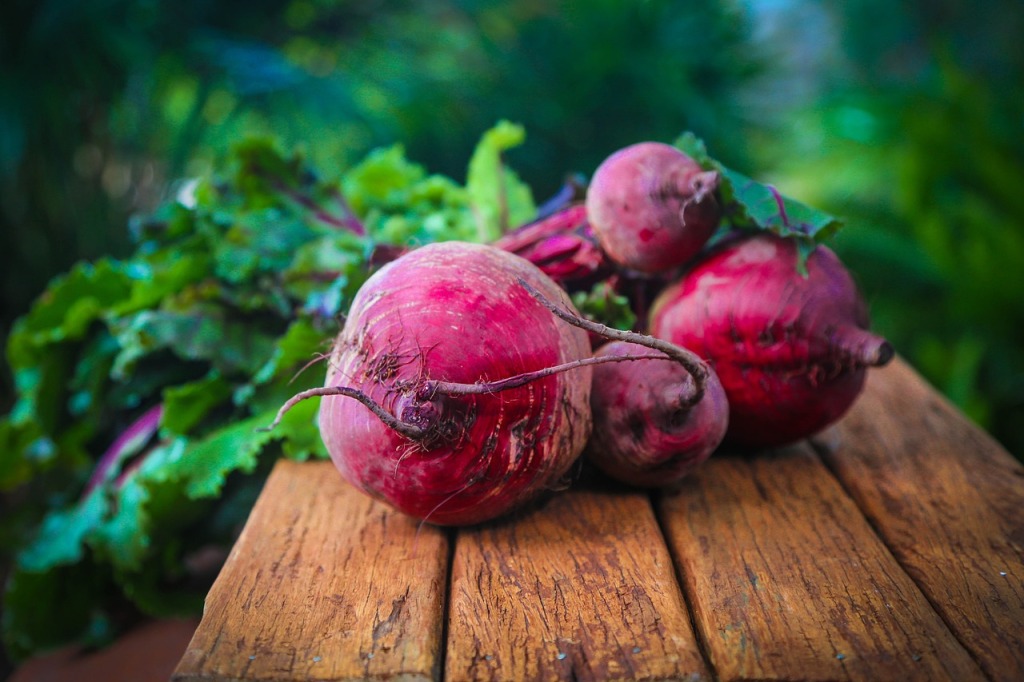
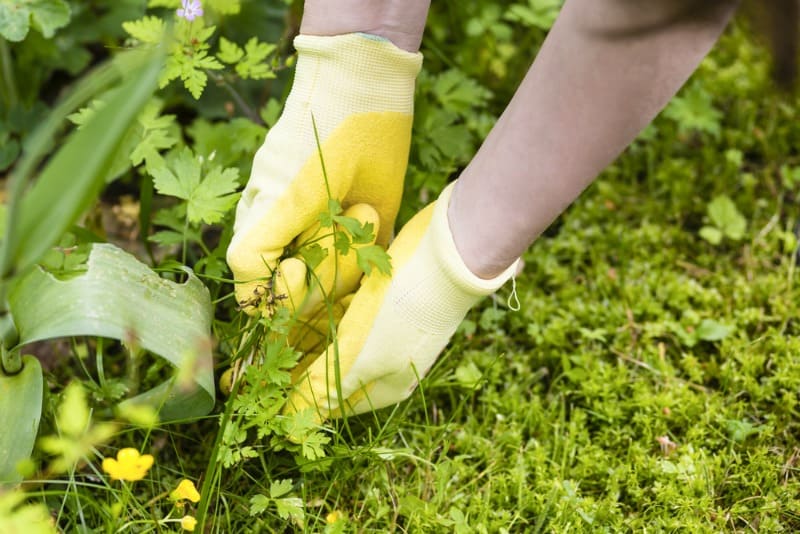
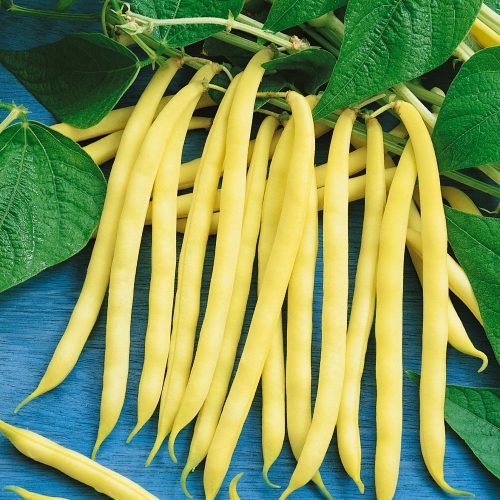
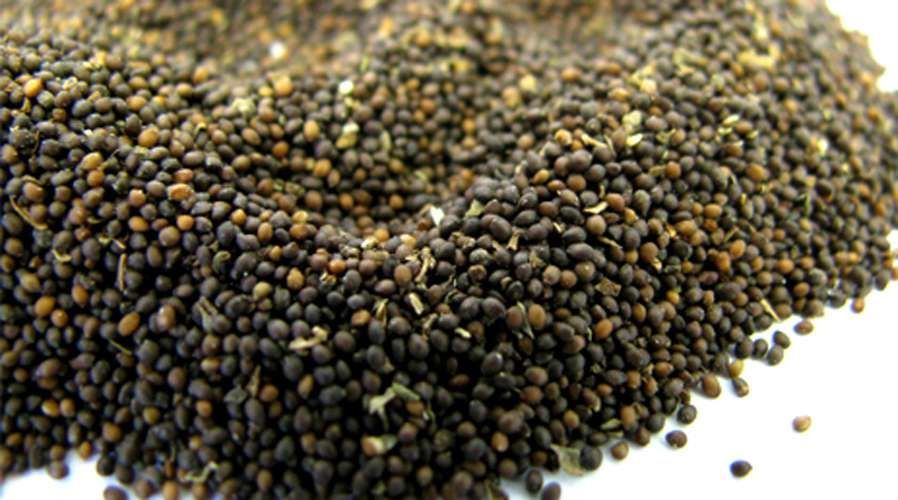
Leave a comment